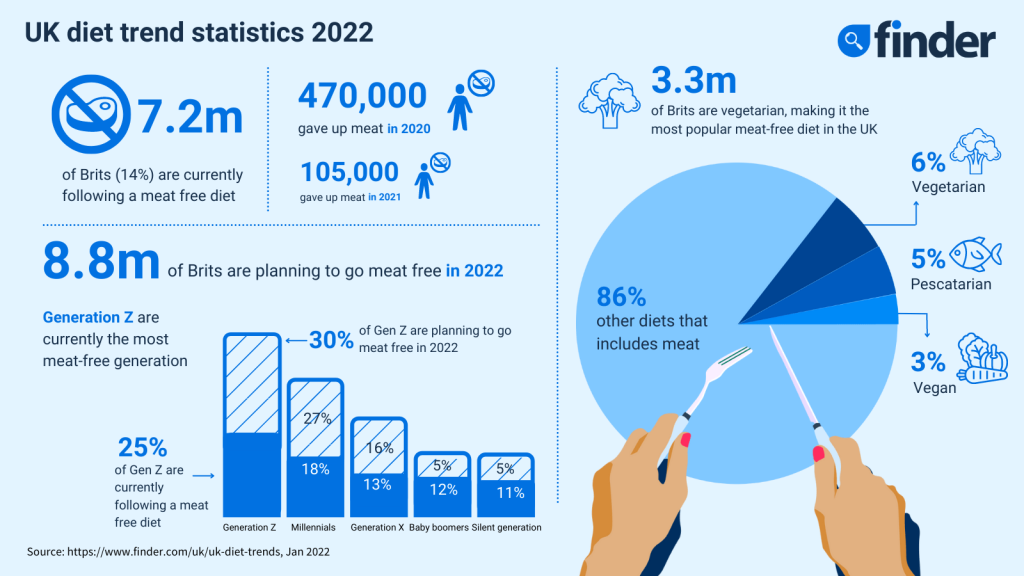According to the latest research by InsightAce Analytic, the global Alternative Proteins market is valued at US$ 13.82 Billion in 2021, and it is expected to reach 33.72 billion by 2030 with a CAGR of 10.63% during a forecast period of 2022-2030.
Protein alternatives are protein-rich components derived from plants, insects, fungus, or tissue cultures that can be used in place of traditional animal-based sources. Plant protein, algal protein, mycoprotein, and insect protein are the worldwide protein alternatives market sources.

Soy protein, pea protein, wheat protein, and other plant proteins are all subcategories of plant protein. Products containing alternative proteins, such as Beyond Meat and Impossible Burger, have captivated customers in recent years. Consumers concerned about animal suffering and seeking to lessen their personal environmental footprint began purchasing such products, and as demand grew, many more manufacturers offering comparable products appeared.
Consumption patterns among millennials are changing significantly from those of previous generations, as seen by the growing tendency of them to embrace flexitarian and meat-free diets. Companies from farmers to retailers around the food value chain are already investing in these prospects.
The market for alternative proteins is expanding as a result of an increase in venture capital investments in these businesses, technological advancements in the food industry, the high nutritional content of edible insects, and the advantages of alternative proteins for environmental sustainability. Additionally, the market for alternative proteins is expected to grow due to increased product research and development and rising veganism.

However, it is anticipated that the high price of alternative proteins and the widespread use of goods generated from animals will impede the expansion of this sector.
** Click here to read the full-text **










